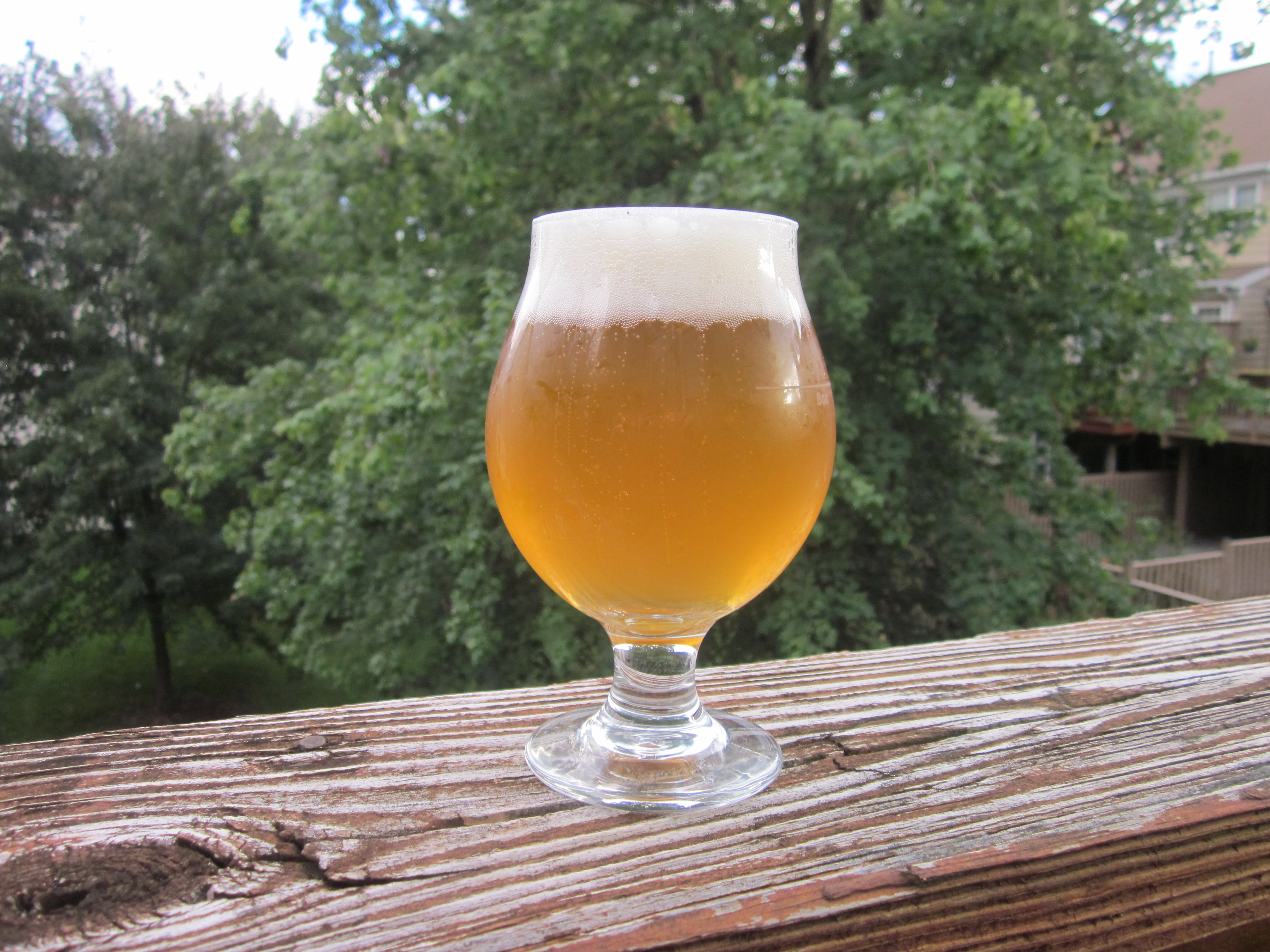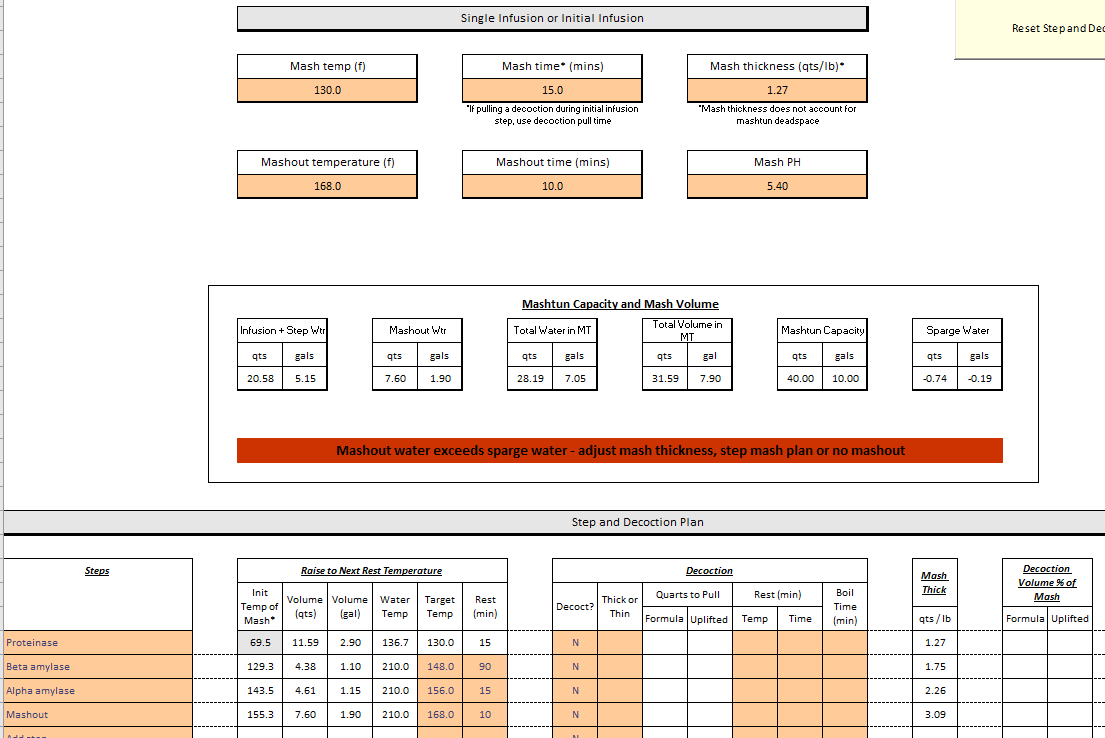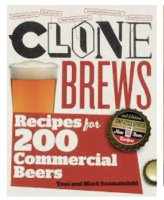shoreman
Well-Known Member
- Joined
- Feb 1, 2012
- Messages
- 1,346
- Reaction score
- 396
Here in the US it’s getting harder and harder to get your hands on Belgian or Belgian-style beers. Shelton Brothers closing has had an impact on availability and sadly Ommegang isn’t brewing Belgian-styles anymore. I’ve brewed them for many years and am about to bottle a Blonde based off of St. Feuillien Blonde.
Some of my favorite recipes I keep in rotation:
Small Saison - Pils, wheat, rye, crystal20, sugar - noble hops, yeast.
Pale Ale - Pils, wheat, biscuit, sugar - noble hops, La Chouffe yeast
What’s your favorite Belgian-style recipe? Post a photo if you have it.


Some of my favorite recipes I keep in rotation:
Small Saison - Pils, wheat, rye, crystal20, sugar - noble hops, yeast.
Pale Ale - Pils, wheat, biscuit, sugar - noble hops, La Chouffe yeast
What’s your favorite Belgian-style recipe? Post a photo if you have it.












